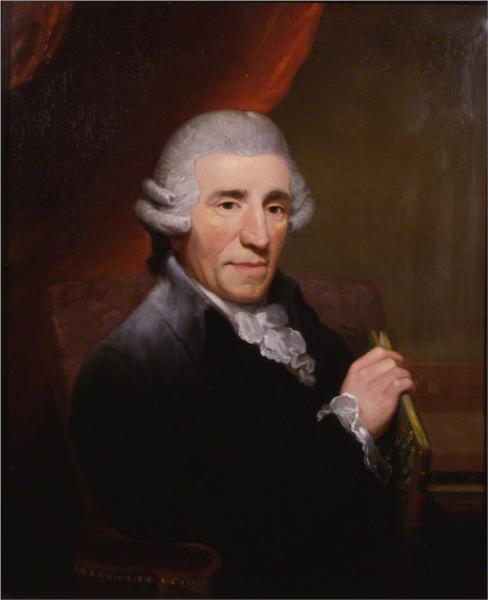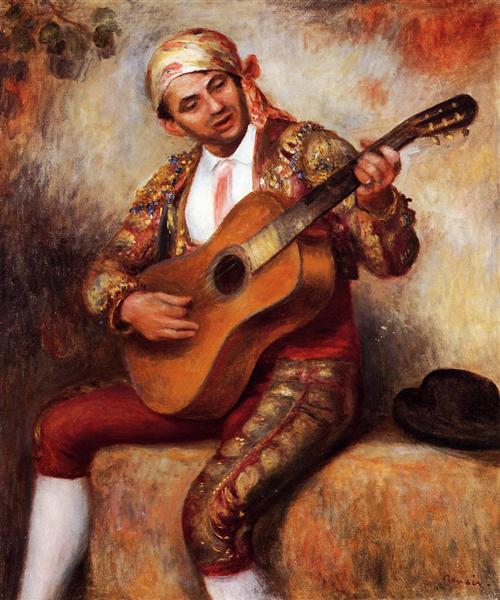Just another WordPress.com weblog
Month: March, 2023
.jpg!Large.jpg)
Vincent van Gogh
_________
having introduced, however peripherally, in my
it wouldn’t be fair to not present Beethoven’s
contain iconic funeral marches, written, even
if you have no interest at all in such music, in
the blood of our Western culture, like
Shakespeare, to be or not to be, you’ve
heard the line, somewhere, even if you have
no idea what he might’ve been talking about
I don’t need to point out the dirges among
the movements, the solemn bits, they will
impose themselves, whether you’re paying
attention or not
Beethoven and Chopin sound a lot alike,
Beethoven, 1770 -1827, is earlier, pushed
the Classical Period into the Romantic Era,
pretty well, astonishingly, by himself
Chopin, 1810 – 1849, gives us the pinnacle
of Romantic music
I tell them apart by their beat, Chopin is
always on, Beethoven is always off, his
schtick, his revolutionary spirit, Chopin,
rather, played for the aristocracy, in
their courtly salons, much like Haydn,
but that’s another story
you might notice also that the last
all texture, a precursor to the later
Impressionism, in all of the arts
Beethoven, however, always takes
you on a journey, never gives you
merely background, there’s always
a core, a foundational melody
enjoy
R ! chard

_______
though I’ve focused especially, during
on Mozart, a second great pillar of
that era is Haydn, 1732 – 1809
here is one of his 62 piano sonatas,
which expresses more than anything
you’ve heard here yet the definition
of what music was at the time, or
should be, tonality, as I’ve earlier
said, tempo and repetition were
tantamount
listen for or the rigidity of the tempo,
the consistent melliflousness of
the melody, and therefore tonality,
and the repetition of all the
component tunes
I remember going to a drum recital
once, here in Vancouver, a guy was
expressing his artistry in a formal
venue, I was sitting in a forward
row, saw him set up his music on
his music stand, and I thought,
he’s going to have to turn the
pages, which he did, a drummer
that’s all I remember of the
presentation, but that was enough,
an entire revelation
turns the pages of his score, back
and forth, an interesting visual
expression of the imperative of
repetition in that era’s music,
having to return to what had
been written on the previous
page
also note that trills abound
note too in the second movement,
the adagio cantabile, the sudden
introduction of arpeggios,
transcendent, as though angels
had just appeared
which prefigures the metaphysical
aspirations of the Romantic Period
which ensued, see, for instance,
note also that we’re on fortepiano
here, a period instrument, a cross
between the harpsichord and the
modern instrument
R ! chard

____________
just as I was about to relegate the trill
to Mozart and the Classical Period, I
inadvertently came upon something
Spanish composer, 1901 – 1999, a
the trill had been decorative, meant to
appeal to aristocrats frequenting
salons
then the French Revolution happened,
and the growth of the Middle Class,
and consequently popular avenues
of entertainment for the liberated,
concert halls, for instance, looked
for a more emotionally powerful
experience, arpeggios took care of
that
the trill died
but in 1939, nearly two centuries
homage to an elder, trills abound
it should be stated that a guitar can
play only one note at a time, it might
be that trills lend themselves better
to such an instrument than an
arpeggio would
then again, I’ve found that Spanish
music, the tango, the tarantella, for
instance, see above, has held more
rigidly to the imperatives of Western
music I’ve spoken of here before,
tempo, tonality, repetition, it is not
Debussy, Ravel, it is not even
Chopin, it is peripheral, maybe, to
the cultural establishment, but
potent, steeped in blood and
tradition
R ! chard
.jpg!Large.jpg)
.jpg!Large.jpg)

